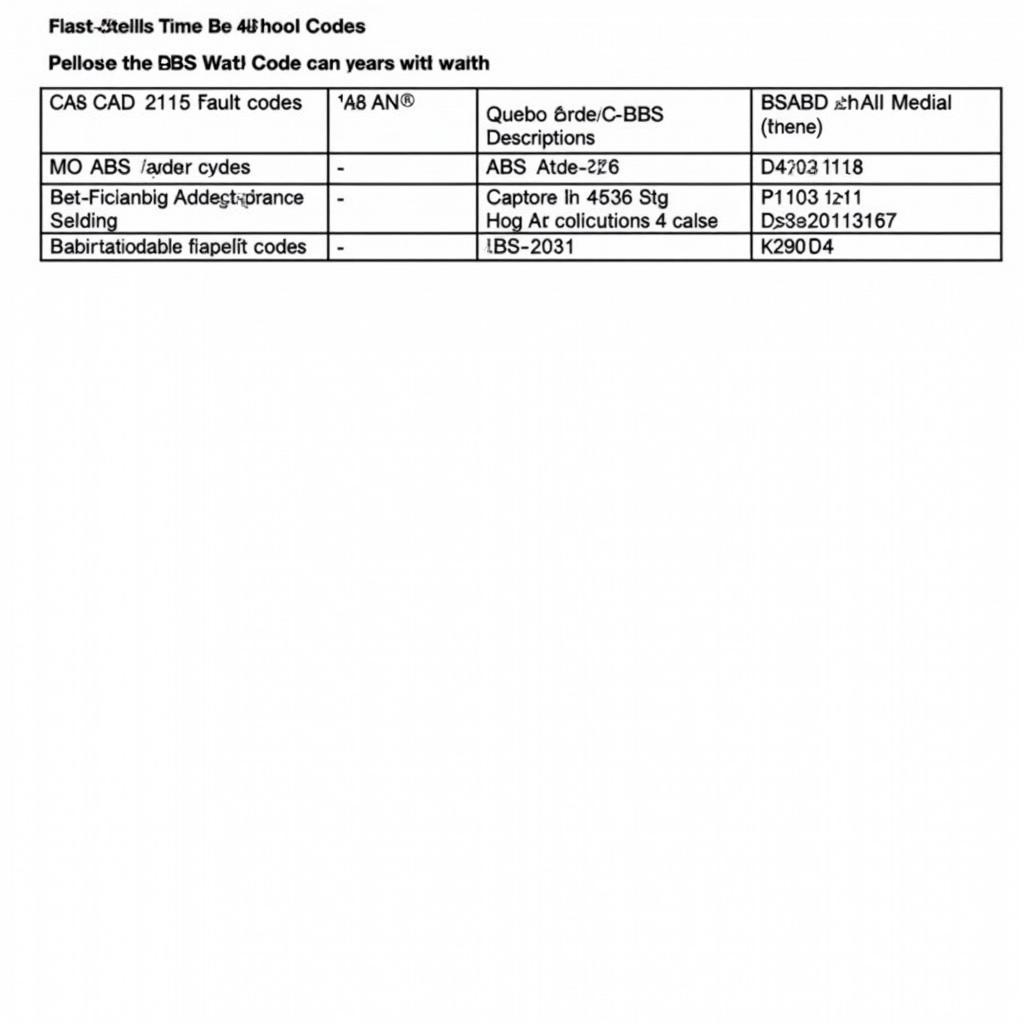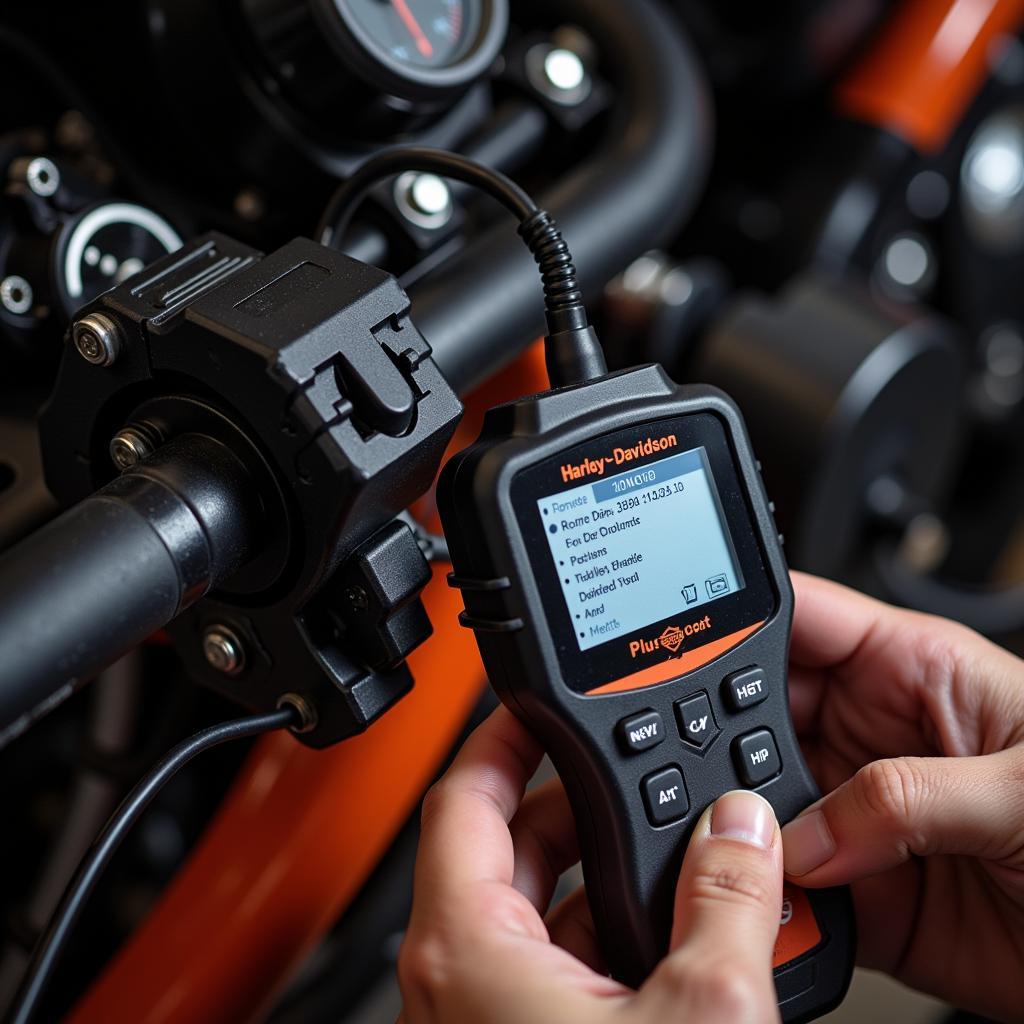Malaria Diagnostic Tools are crucial for effective disease management and control. Knowing which tool to use and when is essential for healthcare professionals and individuals alike. This guide provides comprehensive information about various malaria diagnostic tools, their benefits, limitations, and practical applications.
Understanding the Importance of Malaria Diagnostic Tools
Accurate and timely diagnosis is the cornerstone of effective malaria treatment. Using the right malaria diagnostic tools prevents unnecessary treatment with antimalarial drugs and helps identify other febrile illnesses. Prompt diagnosis also reduces the risk of severe complications and contributes to overall public health efforts in malaria-endemic regions.
Different Types of Malaria Diagnostic Tools
There are several different types of malaria diagnostic tools available, each with its own advantages and disadvantages. Choosing the appropriate tool depends on factors like cost, availability, and the specific setting.
- Microscopy: This traditional method involves examining a stained blood smear under a microscope to identify malaria parasites. It’s considered the gold standard for diagnosis, offering high accuracy when performed by skilled technicians. However, it can be time-consuming and requires specialized equipment.
- Rapid Diagnostic Tests (RDTs): RDTs are antigen-based tests that detect specific proteins produced by malaria parasites. They are quick, easy to use, and require minimal training. This makes them particularly valuable in remote areas with limited resources. However, RDTs can be less sensitive than microscopy in detecting low parasite densities.
- Polymerase Chain Reaction (PCR): PCR is a molecular technique that amplifies parasite DNA, enabling detection even at very low levels. It’s highly sensitive and specific, but requires sophisticated laboratory equipment and trained personnel, making it less practical for routine diagnosis in resource-limited settings.
Choosing the Right Malaria Diagnostic Tool
Selecting the appropriate malaria diagnostic tool depends on various factors, including the clinical context, available resources, and the level of expertise available.
- For remote areas with limited resources: RDTs are often the preferred choice due to their ease of use and rapid results.
- In settings with well-equipped laboratories: Microscopy remains the gold standard and is ideal for confirming diagnoses and assessing parasite density.
- For research purposes and complex cases: PCR offers the highest sensitivity and specificity.
The Role of Malaria Diagnostic Tools in Disease Control
Malaria diagnostic tools play a vital role in disease control programs. By providing accurate data on malaria prevalence, these tools inform public health strategies, guide targeted interventions, and help monitor the effectiveness of control efforts.
Ensuring Accurate Results with Malaria Diagnostic Tools
To ensure accurate results, proper training and quality control are essential. Healthcare workers should be trained on the correct use of each diagnostic tool, including sample collection, preparation, and interpretation. Regular quality assurance programs are also crucial for maintaining the accuracy and reliability of test results.
“Accurate diagnosis is the first step towards effective treatment. Using the right diagnostic tool is crucial for achieving optimal patient outcomes and contributing to malaria control efforts,” says Dr. Sarah Johnson, a leading infectious disease specialist.
How Malaria Diagnostic Tools are Changing the Landscape of Healthcare
Advancements in technology are continuously improving malaria diagnostic tools. New, more sensitive and user-friendly RDTs are being developed, and portable PCR devices are becoming increasingly available. These innovations are making accurate malaria diagnosis more accessible, particularly in remote and underserved areas.
The Future of Malaria Diagnostic Tools
The future of malaria diagnostic tools looks promising, with ongoing research focusing on developing even more effective and affordable options. Non-invasive diagnostic methods, such as breath tests and saliva-based tests, are also being explored, potentially revolutionizing malaria diagnosis in the years to come.
“The ongoing development of innovative diagnostic tools offers hope for a future where malaria is more effectively controlled and ultimately eradicated,” adds Dr. Michael Brown, a renowned malaria researcher.
Conclusion
Malaria diagnostic tools are indispensable for effectively managing and controlling malaria. Understanding the different types of tools available, their strengths and limitations, and their appropriate applications is crucial for healthcare professionals and individuals alike. By utilizing these tools effectively and continuing to invest in research and development, we can move closer to a world free from malaria. For further assistance or to explore our range of automotive diagnostic equipment, connect with ScanToolUS at +1 (641) 206-8880 or visit our office at 1615 S Laramie Ave, Cicero, IL 60804, USA.
FAQ
-
What is the most accurate malaria diagnostic tool?
Microscopy is considered the gold standard for malaria diagnosis. -
What are the benefits of using RDTs for malaria diagnosis?
RDTs are quick, easy to use, and require minimal training, making them suitable for resource-limited settings. -
How is PCR used to diagnose malaria?
PCR amplifies parasite DNA, allowing for highly sensitive and specific detection of malaria. -
What are the challenges in implementing malaria diagnostic tools in remote areas?
Challenges include limited access to electricity, trained personnel, and reliable supply chains. -
What is the future of malaria diagnostics?
Researchers are exploring non-invasive methods like breath and saliva-based tests. -
How do malaria diagnostic tools contribute to disease control?
They provide data on prevalence, inform strategies, and monitor the effectiveness of interventions. -
Why is quality control important for malaria diagnostic testing?
It ensures accurate and reliable results, which are crucial for effective treatment and disease management.



